Simon Wheatley on his book, Silverlink: "Light creates drama"
The photographer discusses London's evolution, artistic patience and his new book, Silverlink
I first met Simon Wheatley in the summer of 2015, when I turned up at his flat in east London to interview him about the digital update to his seminal photography book, Don’t Call Me Urban! The Time of Grime. I’d recently started reporting for the British Journal of Photography—my first consistent gig as a freelance journalist—which involved blagging my way through features about photographers I had mostly never heard of. Wheatley was the first interview I organised for myself.
If you’ve ever held an interest in grime music, you’ve probably glimpsed a Simon Wheatley portrait. Crazy Titch with his dog? Kano in the Scarface-style suit? Giggs underneath falling snow? Jammer on the stairs of his basement? Skepta in the chicken shop? Wheatley was there. As a photographer for RWD Magazine in the mid-2000s, he had unparalleled access to an underground ecosystem of bedroom studios, pirate radio stations and music video sets of artists whose expressions would crystallise into a popular sound of marginalised teenage angst and global youth culture.
Years later, at the start of 2022, I reconnected with him to write a piece for British GQ about the release of his self-published second book, Lost Dreams, which revisits grime’s infancy, but focuses on the younger generation of the genre’s golden era, those living in the less glamorous shadows of its pending commercial stardom. It captures their adolescence spent learning, rebelling and barring in east London’s incubative youth clubs—then-thriving public services that are now so rare to see in 2023, after thirteen years of austerity and laissez-faire urban planning.
Wheatley self-published his third book, Silverlink—a portrait of life aboard the North London Line between 1998-2010—at the end of last year. As with Don’t Call Me Urban! and Lost Dreams, its photos revisit London’s evolution at the turn of the millennium. But this time, while observing the social phenomena around him, the camera lens traces its handler’s patient journey of solitude and self-discovery, too. A curious, conflicted personality is subtly brought to the fore.
Silverlink is designed by Mitchell Bradshaw and features short, sharp notes sourced from Wheatley’s diary, which scribe the intimate reflections and interactions of a flâneur traversing the metropolis, setting up creative camp and sparking conversations on scuffed train platforms and rammed carriages alongside fellow everyday Londoners. A nostalgic essay written by the former graffiti artist, PANIK, who spent years throwing up his tag on the North London Line’s neglected walls, recalls the freedoms-of-youth in a pre-social media city that no longer exists, and mourns his fellow writer, HATE, who tragically passed on the line’s tracks.
I organise to meet Wheatley outside Brixton Underground Station, in south London, on a cold February afternoon. Within seconds of my arrival, he suggests taking a walk to get away from the noisy footfall and skyrocketing lunchtime prices, towards the quieter no-man’s-land of Stockwell, to “find somewhere more normal.” We settle in a Portuguese cafe, taking our seats in the folds of muted light at the back, beside a window overlooking a small garden with plastic tables piled up in seasonal redundancy. The tap-and-scrape of metal cutlery hitting china, as a man eating alone tucks into a plate of meat, slurping occasionally from a small glass of red wine, cuts through our catch-up conversation. I order a chicken escalope sandwich; Wheatley requests a soy milk latte, speaking in Spanish to the Colombian waiter.
For the third time in eight years, I hit record on my dictaphone.
Ciaran Thapar: Let’s talk Silverlink. Tell me something special about it.
Simon Wheatley: It was all shot on Kodachrome, £2-a-roll, all out-of-date, so it was kept in the freezer. Louis’ freezer. I met Louis at a camera fair, and he was the son of a painter, an old hippy who dabbled in photography to supplement his income. I used to buy loads of film from him. Packs of five for £10. Silverlink is a hustle. It’s me trying to make something out of nothing.
What year did you start shooting it?
It spans 1998 to 2010, so the whole New Labour era. The North London Line was a clear line that you had to look for on the tube map, like a secret hidden underneath all the other colours. I’d be standing around on the platforms and see it there. So then it was like, okay, let me ride the train line and see what happens.
What was the North London Line?
It was a combination of various old train lines coming together and joining up. In the first pictures I made, in the summer of 1998, the carriages were all red, white and blue, but they’re not in the book. They became purple, green and yellow, eventually, which is very 2000s, I suppose.
Take me back to 1998, when you started.
I’d gone to live on my own in London for the first time. I’d been at university, then off travelling. I was living with my parents, where I realised I needed to throw myself in at the deep end, so I rented a flat in Clapham South. I started photographing Lambeth Walk, and that summer, in August, I started this story. It came from being underemployed as a photographer. I had time on my hands, some cheap film, and a thirst to get out there and make work. People I knew from school and university were buying houses. One friend got married that year and I shot his wedding. But sometimes I didn’t even have enough money for a couple of pints on the weekend, because I was spending it all on photography. It was a tough time in my life, really. But that’s what we have to go through as artists to find space within ourselves where art happens, that struggle. We have to reach deep within us, and that’s what I did.
How would you describe London back then?
New Labour had come into government and they had all kinds of ideas. I remember, in Lambeth Walk, Sure Start [state services for parents and young children from low-income households] came in. Labour were talking a good game, because after two decades of Tory administrations, there was a thirst for change. Brit Pop was going on, Blair was shaking hands with Noel Gallagher at Downing Street—there were all those superficial moments of celebration. But what I saw in Lambeth was a lot of local discontent; of people being pushed out of their homes, because their flats were one block away from the River Thames—prime time real estate. So my interest in what became Silverlink, the North London Line, was also what had piqued my interest in Lambeth Walk: a story of regeneration and the social imbalance of a line that went from Hackney to Hampstead, Richmond to Woolwich, the wealthiest parts of the capital to the poorest.
A tale of two cities.
New Labour was a very strange phenomenon, I think. It’s interesting how history’s going to look back on that time. I feel grateful that I have this document. Silverlink only came about when I came back to London from India in 2020 and decided to stop writing my novel and make sense of my archive. I’d started to edit Lost Dreams already, back in 2018. But I looked through all this work, did some research into rail privatisation, and only then did I realise that Labour’s commitment to rejecting it had been a failed promise.
So you only realised there was a story many years after shooting it?
It was ten years after I made the last photograph, when Kodak announced that they were discontinuing Kodachrome in 2010. It meant you couldn’t get it developed any more in the U.K.. First I used to send it by post to Wimbledon to get it developed. Then, for the last few photos, it would go all the way to Kansas City.
In the U.S.!?
Yeah, and somehow none of my films ever got lost. I’ve still got one roll of unexposed Kodachrome that I’ll keep for my future museum or something…the one that that never got shot.
London must have changed a lot over the period you were making the images.
For the final ones, I realised I needed to use up some film, so I went out to Stratford on a winter’s day. Don’t Call Me Urban! had just come out. But, as I write at the back of Silverlink, by 2010, it was so difficult to photograph people. When I go on the overground now, I think to myself: how the hell did I do this? How would I go and photograph this these days?
So how did you manage it?
I was an adventurer. I always have been. I’d see a situation I thought was interesting and check the light. The first picture I made was of this Spanish girl. One day, I was in my crummy studio flat in Clapham South. My bathroom was my dark room. I was processing all my own black-and-white film there. It was 3pm in the afternoon and I decided: right, I’ll start today. So I got the tube from Clapham South to Stockwell, from Stockwell to Highbury and Islington. I’d already been thinking about doing it for months. I walked down the steps and saw this Spanish girl sitting there with the light on her. I spoke to her in Spanish, I asked her why she came to London, and she replied that it was “the centre of the world.” She was squatting in Hackney, when it was still a squatter’s paradise, a big part of the local culture. That’s all changed, of course. Which is why Silverlink is also a story of regeneration and gentrification.
Your photos show a London that no longer exists.
Our times were becoming so technological. The mobile phone had just become ubiquitous. I got my first mobile phone in 1997. They were limited in their function. The internet had just come about. In the society that was emerging, the internet was making us robotic. I think that’s the big difference now. This whole concept of man and the machine—which, throughout the twentieth century, artists would make reference to—I think by the late 1990s, it had got to the point where the machine had just taken us over. I used to have an A-Z in my bag, in case I came off the line and needed to find my way to some other part of London. Nowadays, people can’t even read a map. They just click something and it says turn left, turn right…
How many shoots produced this book?
Wow…like…if I had to guess? I couldn’t! It was years of work. Sometimes I might be doing something else in London, and heading to my parents for dinner, but instead of going the short route, I’d take the line the long way round.
So for 12 years you’d just ride the train line, taking photos?
Sometimes I would wake up and decide that I needed to spend a whole day on the line. I would go all the way round, bit by bit, stopping to grab a takeaway somewhere, keep going, speak with people, take their photo. Between 1998-2001 I kept a notebook on me. I used to write little encounters with people down. I was making a bit of a living by selling stories to travel magazines, a combination of writing and photography. But in 2001, I made a decision to become a stronger photographer; to stop taking notes and focus on making photos.
The notes you include in Silverlink bring some of the characters to life.
Every story reflects upon the politics of the time. I write about meeting a Polish couple. That’s the period when lots of people from Eastern Europe were coming to London. Now, in 2023, people are analysing why Brexit happened. They were importing cheap labour from Eastern Europe, and there was a resistance to that in certain parts of England.
You also capture the details of newspaper headlines and graffiti.
Yeah, like The Observer front page about NHS privatisation, next to ‘AHMED HASSAN’ written on the bus stop, in what looks like dripping red blood, next to a guy eating a bacon sandwich, reading The Sun, about David Beckham picking Jaap Stam in his dream team…
Why did you get the graffiti artist, PANIK, to write the essay at the end?
When I announced that I was going to publish this book and put the first picture from the series up on Instagram—one of the four guys sat waiting on the platform, with one of them wearing a chain—PANIK wrote to me saying: I know those guys, I used to smoke weed with them. So we got talking. I asked if he knew HATE [the graffiti artist who passed away while writing on the North London Line], and he said: “yeah, I set up the ATG crew with him”. We had a conversation, and he told me about his dad, who was a senior member of ASLEF, the train drivers union, who had gone on to work for Corbyn when he was Leader of the Opposition. PANIK was real. His perspectives on gentrification, on what he used to do, and how two of his friends died…it’s deep and personal. It fits perfectly. I feel very grateful to have him included in Silverlink.
Waiting so many years to edit the images must have required a lot of patience.
It did, and that’s what is lacking these days. Young people are shooting on film but with a digital mind. They want the result quickly. Would a photographer now have the patience to set out to do a project like this, where people don’t see the results for 25 years? You can’t force this. I’d ride around and find nothing all day. Most of the time, on train platforms, it’s just people waiting for a train! How do you make that interesting? I had to hang around a long time and wait—for the light, for the human interactions. Light creates drama.
Did you believe these photos would ever see the light of day?
I had to believe! After the first summer, I thought I only had five or six pictures, but years later, when I came to edit them, I realised there were plenty of other interesting ones. Because as you get older, you become a better editor of your work. You miss pictures when you’re younger.
You shot Don’t Call Me Urban and Lost Dreams—both about the early years of grime music in east London—over the same time-period as Silverlink. How does it relate to those projects?
Shooting Silverlink was an escape from the intensity of everything else. Lambeth Walk, Lost Dreams, grime in east London…that work was made with groups of people I knew, who I would call to meet with, or bump into. Whereas this was just about me going onto a train line on a voyage to nowhere, everyday. It was a journey to the unexpected. It was somehow a counter-balance, an escape from my documentary photography. Music? It wasn't anything, I remember the silence. I struggled to believe in this work, which always felt so hopeless. It was born out of nothingness. Nothing to do apart from pursue a passion for photography, which is so often threatened by the boredom of the project.
Any final words?
Well, I write this in the book…as time goes on, one reflects, and, fortunately, photography allows us to preserve something that one might one day find interesting. I always knew there was a framework to my struggle. Even in 1998, when I walked on the platform of Highbury and Islington, I was conscious of what Blair might come to represent, as a pioneering role in this district of London, in which he had lived before Downing Street had claimed the city’s gentrification. I always wanted to believe that I was making work that would reflect those times that we continue to live with, in our relentless pandering to artificiality. When I look at the pictures I selected on the basis of photographic merit, I also see the latent despair that accompanies such a trajectory. Photography was something I fell into when I was becoming aware of my complexity. I missed the meditation of the dark room, which was so formative to my quest to find myself and some direction in life. The dark room helped me to accept my loneliness. I doubt I could have made what has become Silverlink without that experience, even if it is shot on colour transparency film that I would put into the postbox to be processed by people I never met. I sometimes try to imagine something of them, and now, well, I wish I could thank them somehow, and also you, for your interest in this work, which bubbled on quietly like a hidden secret…
Silverlink is out now. You can buy it here
All of my newsletters aim to document or inspire social impact.
If you’re interested in learning more about how to do this, I teach a monthly short course, ‘Writing for Social Impact’, at City, University of London.
It’s delivered over Zoom across two mornings as a safe space for discussion, sharing and feedback.
We cover worked examples, applied moral philosophy, mythic storytelling structure, catharsis and more.
The next course is 17th-18th March 2023.
You can find out more and book your place here.
A fully funded place is available on each course for a young adult (18-25) from an underrepresented background and/or facing financial difficulty. To apply for this, please reply to this newsletter explaining why you'd like to attend.





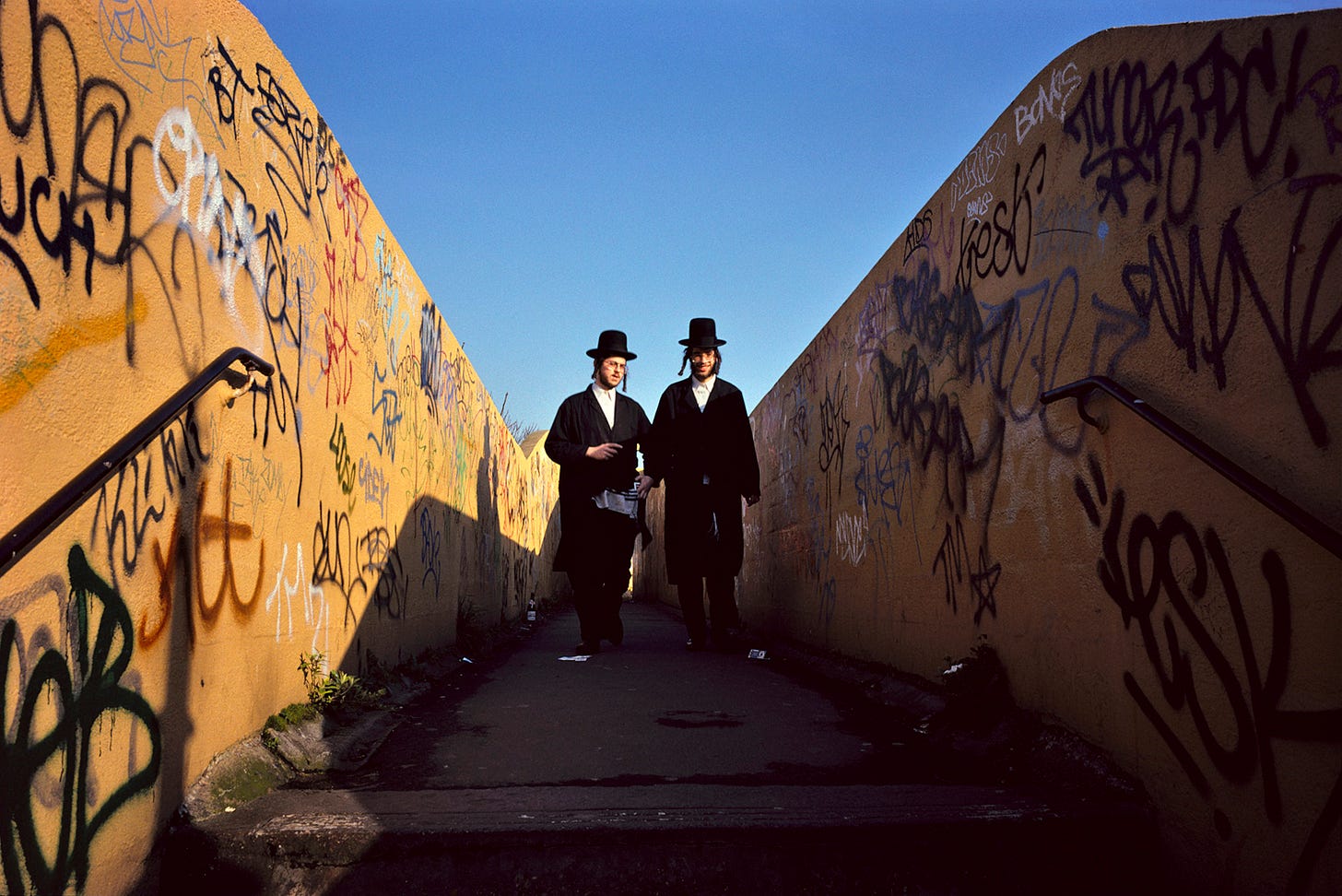
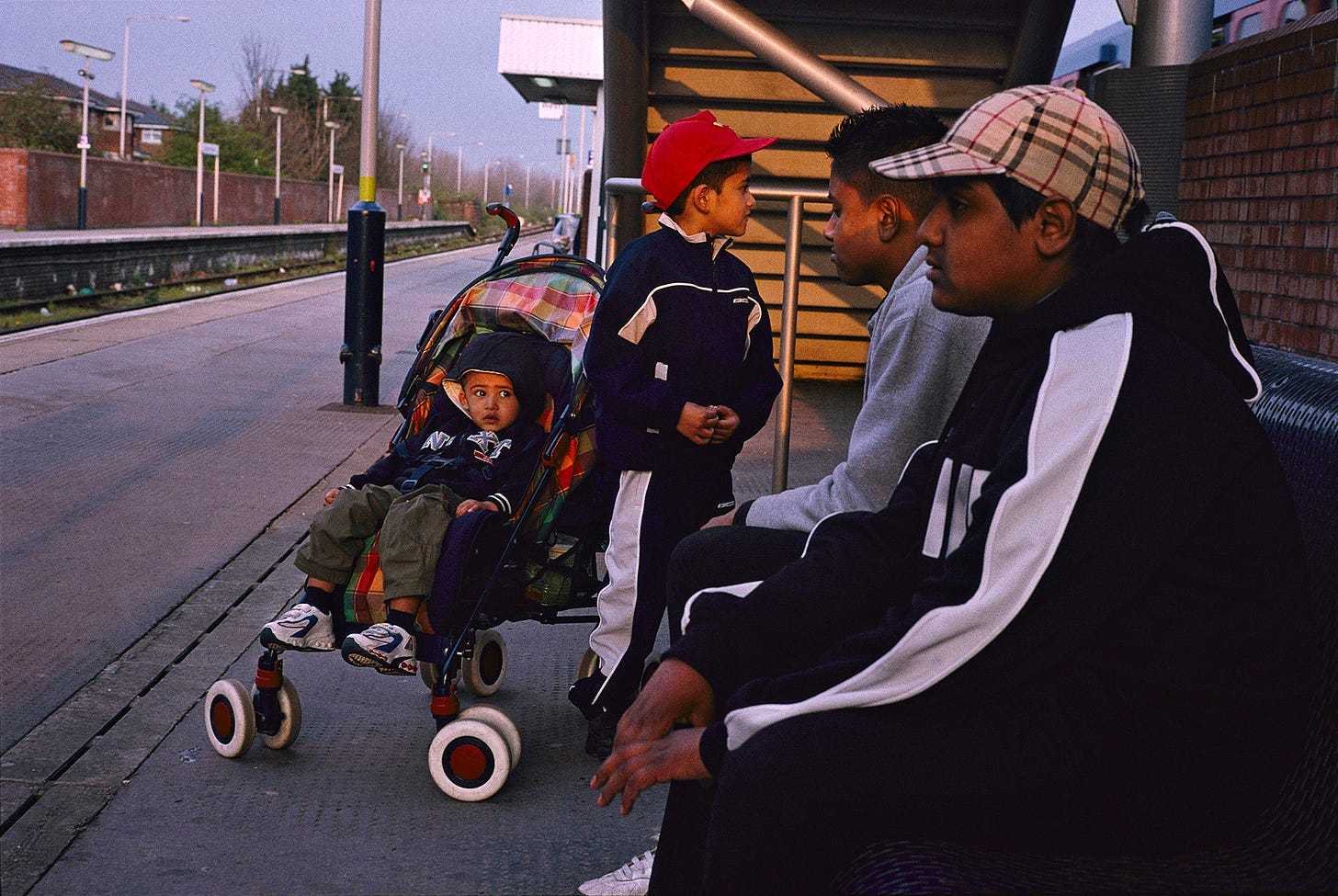
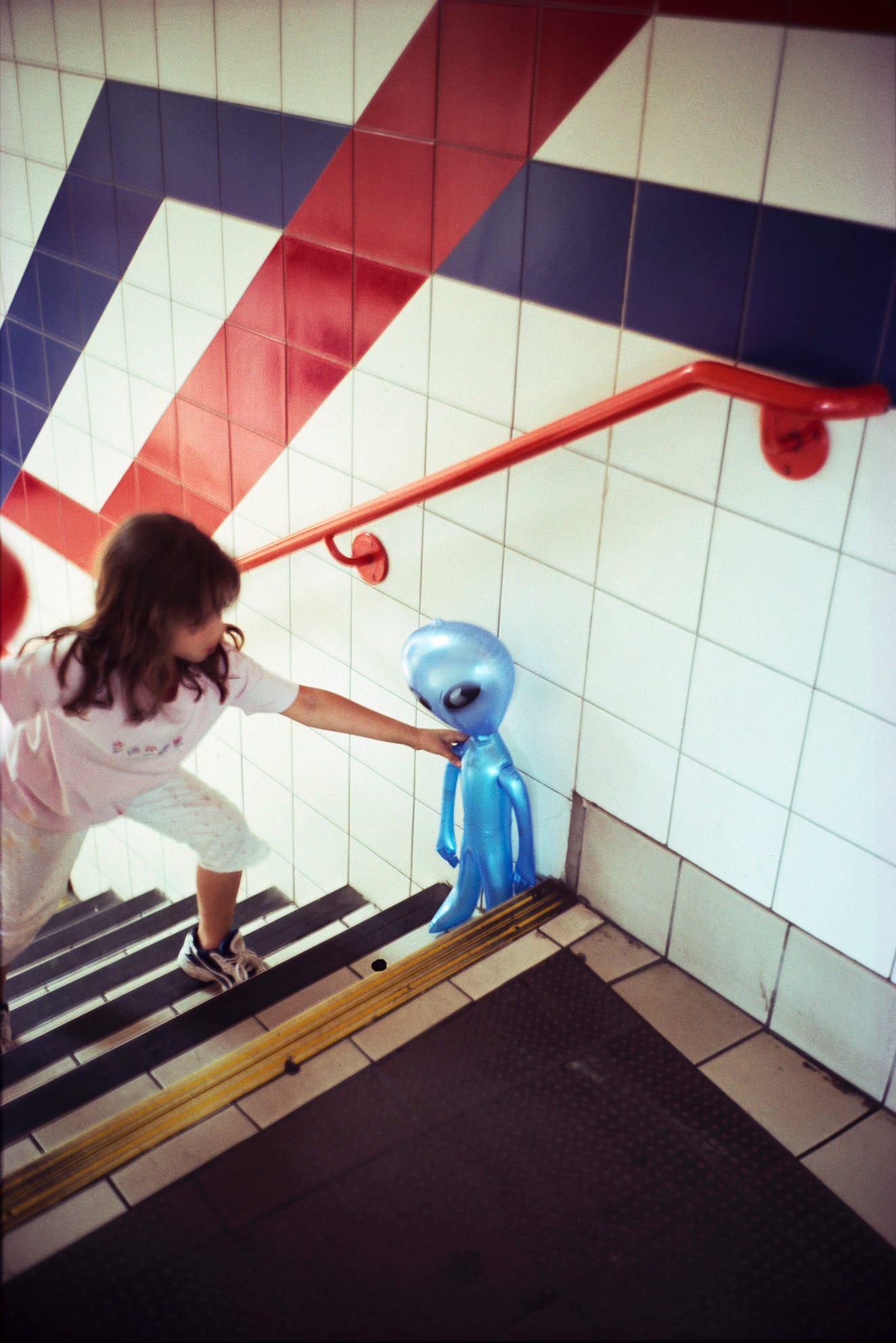
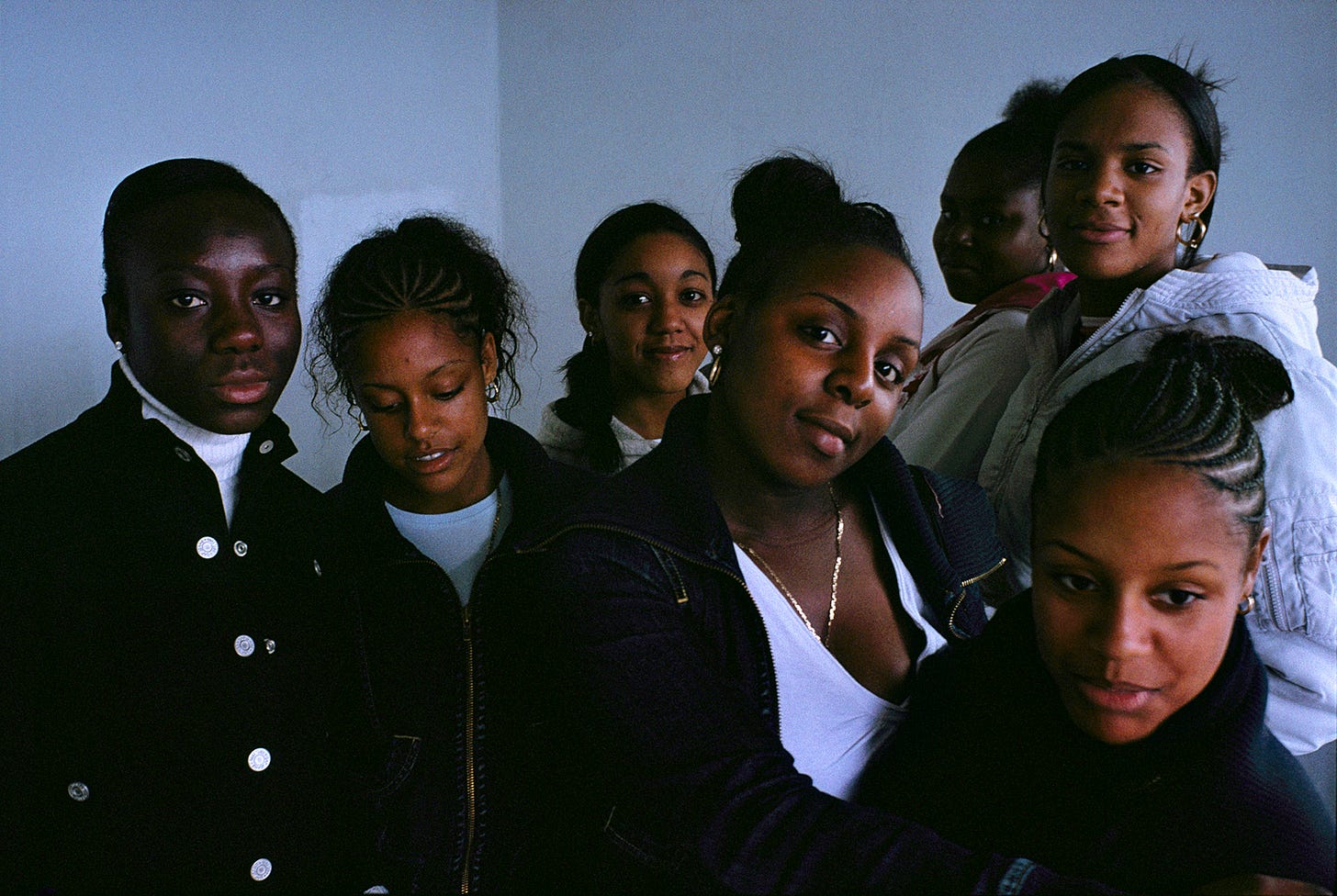

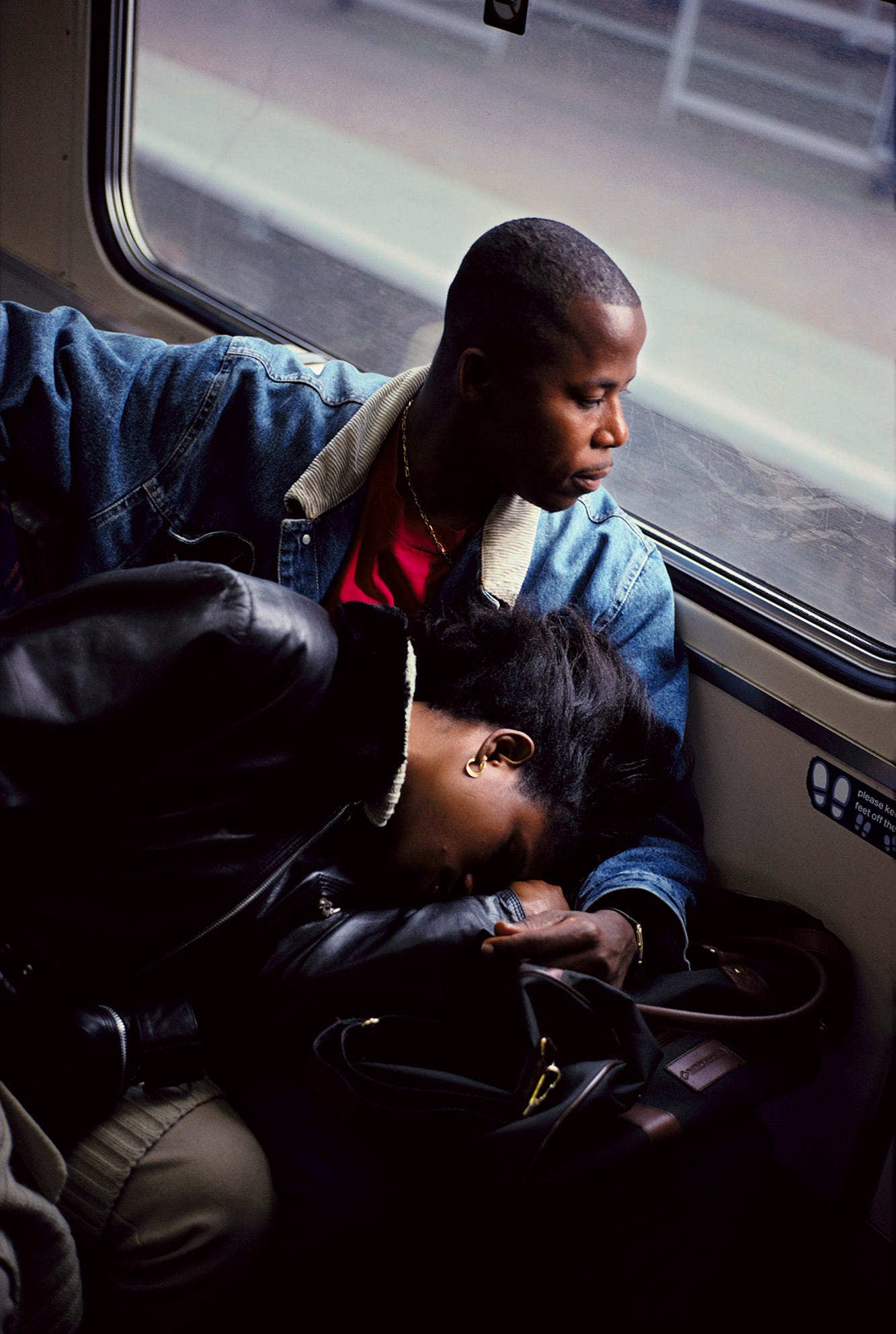

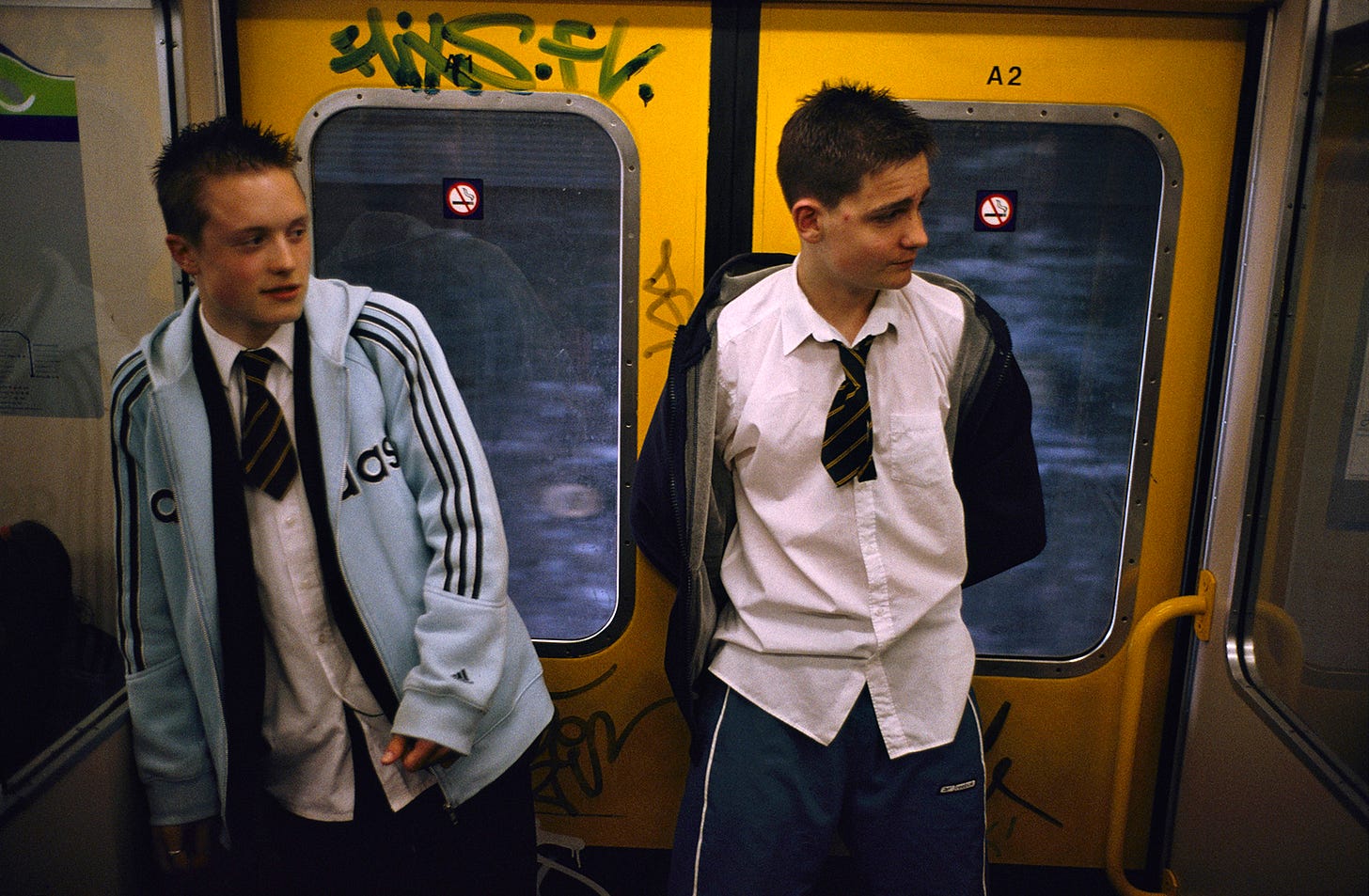



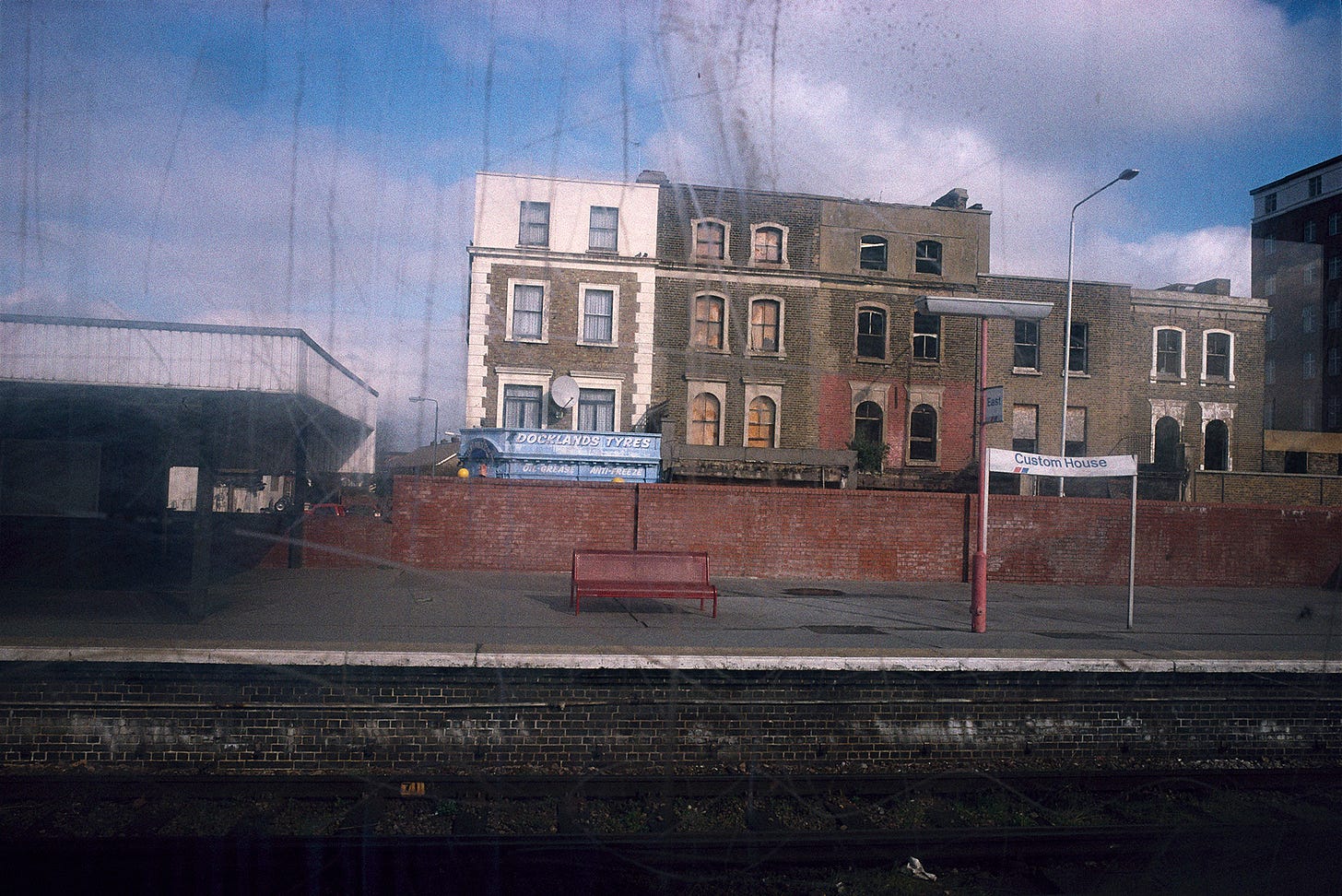
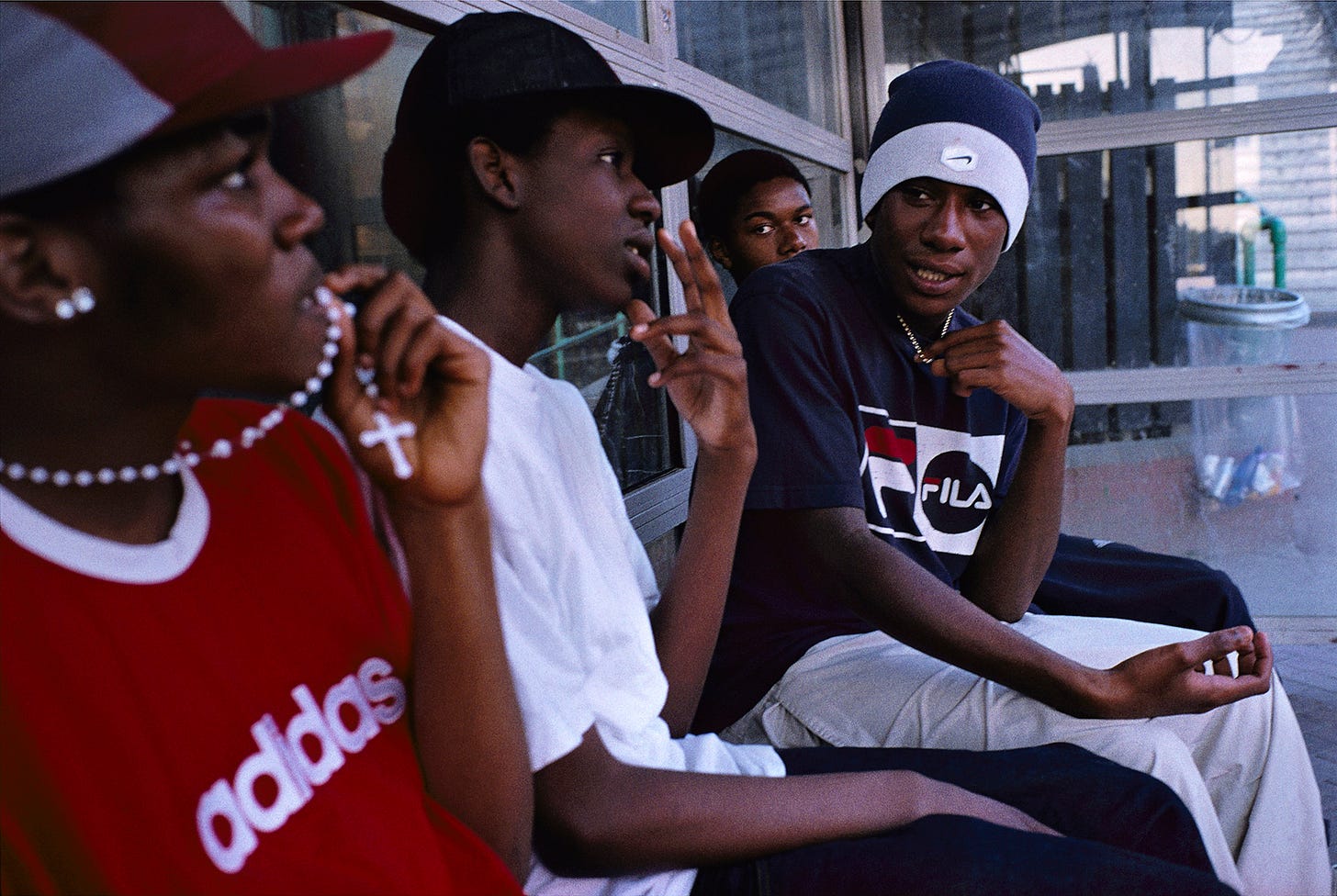
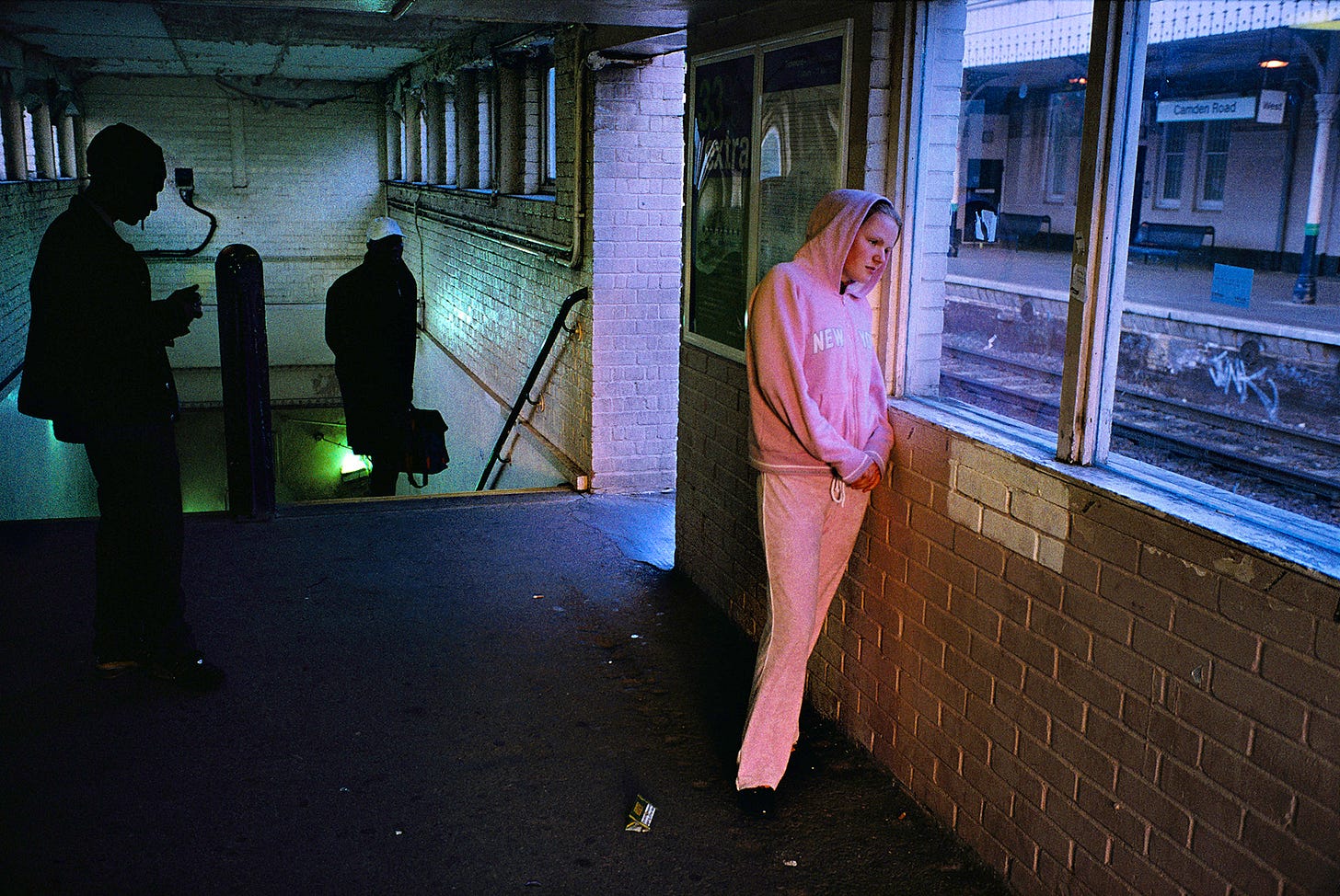
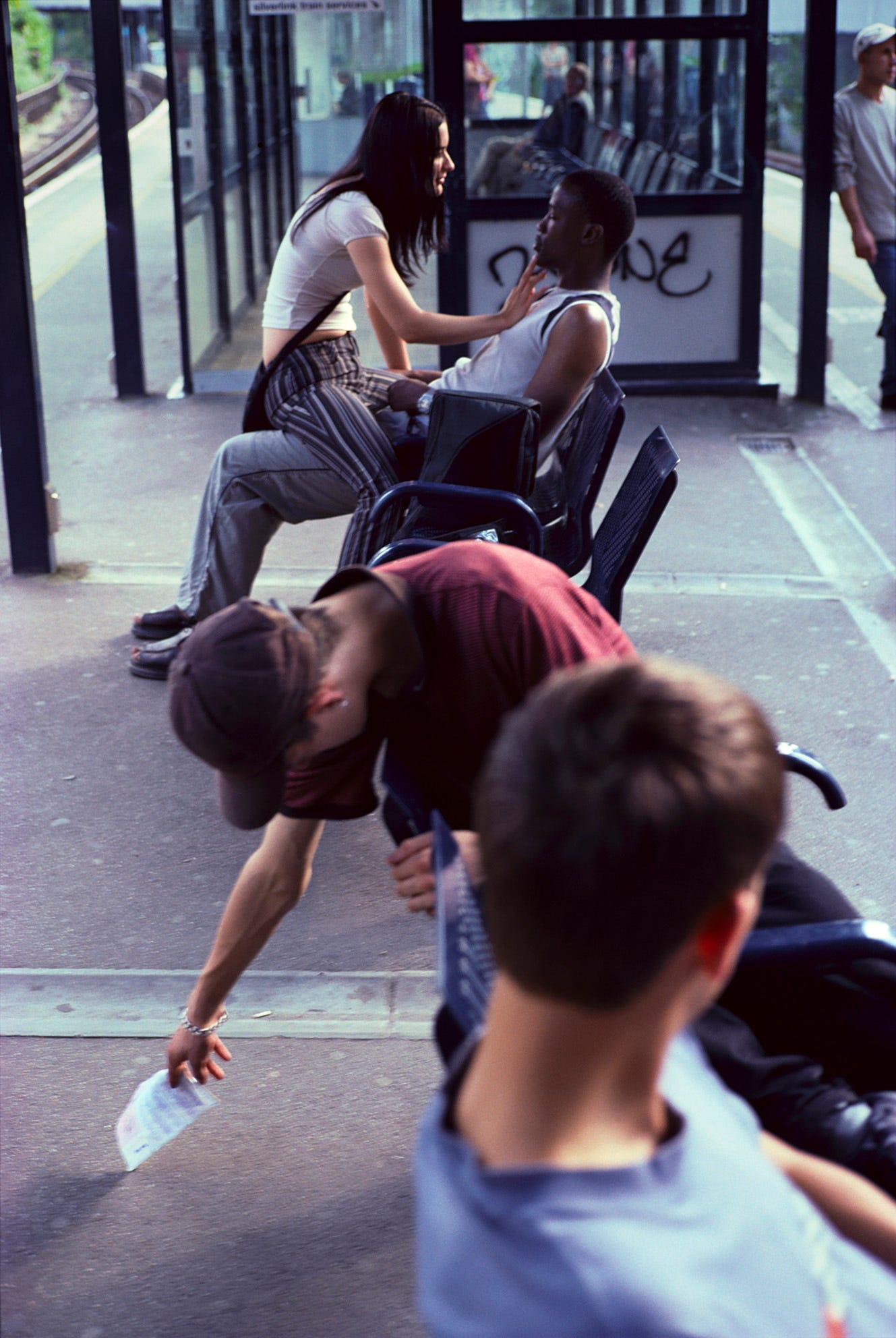
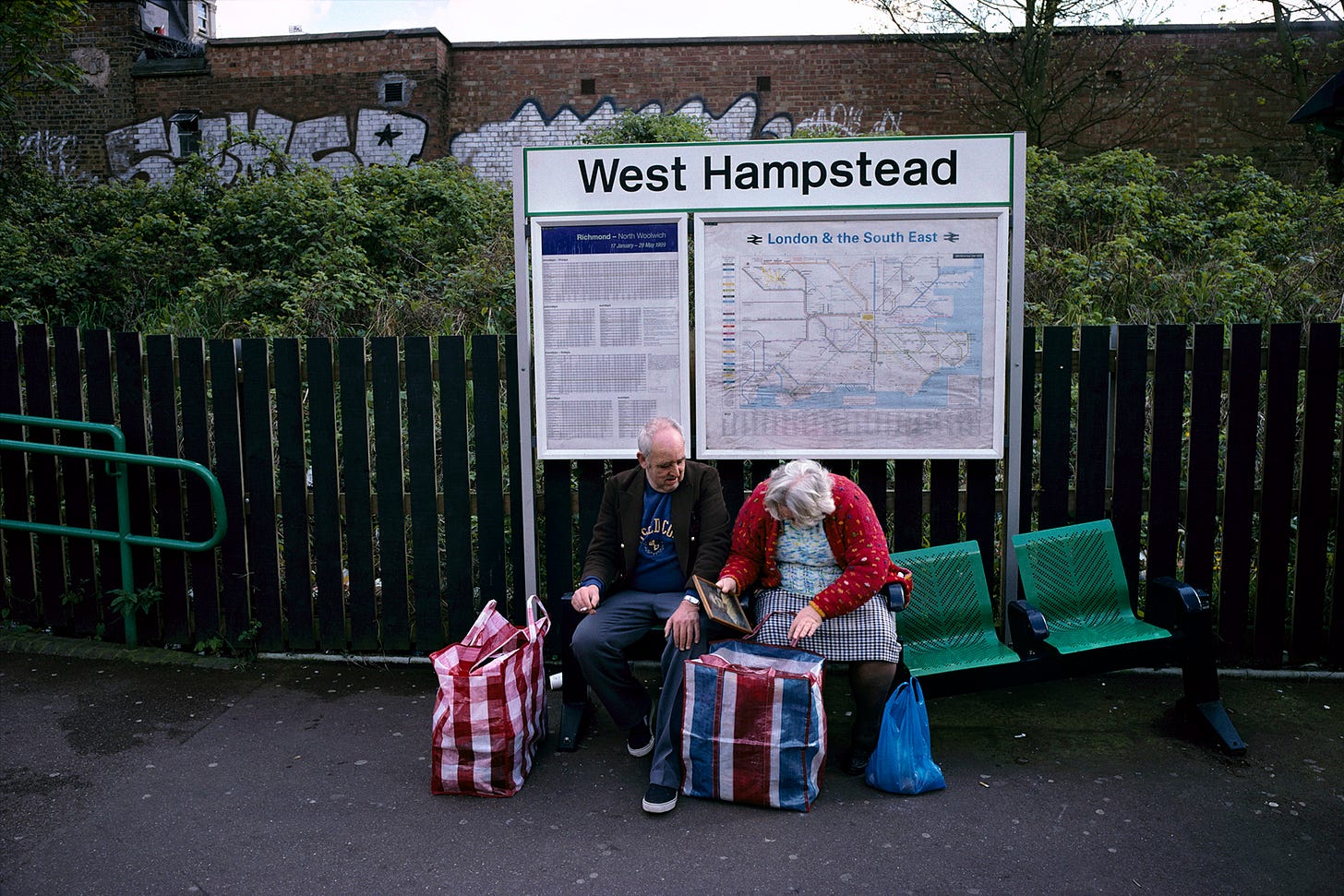
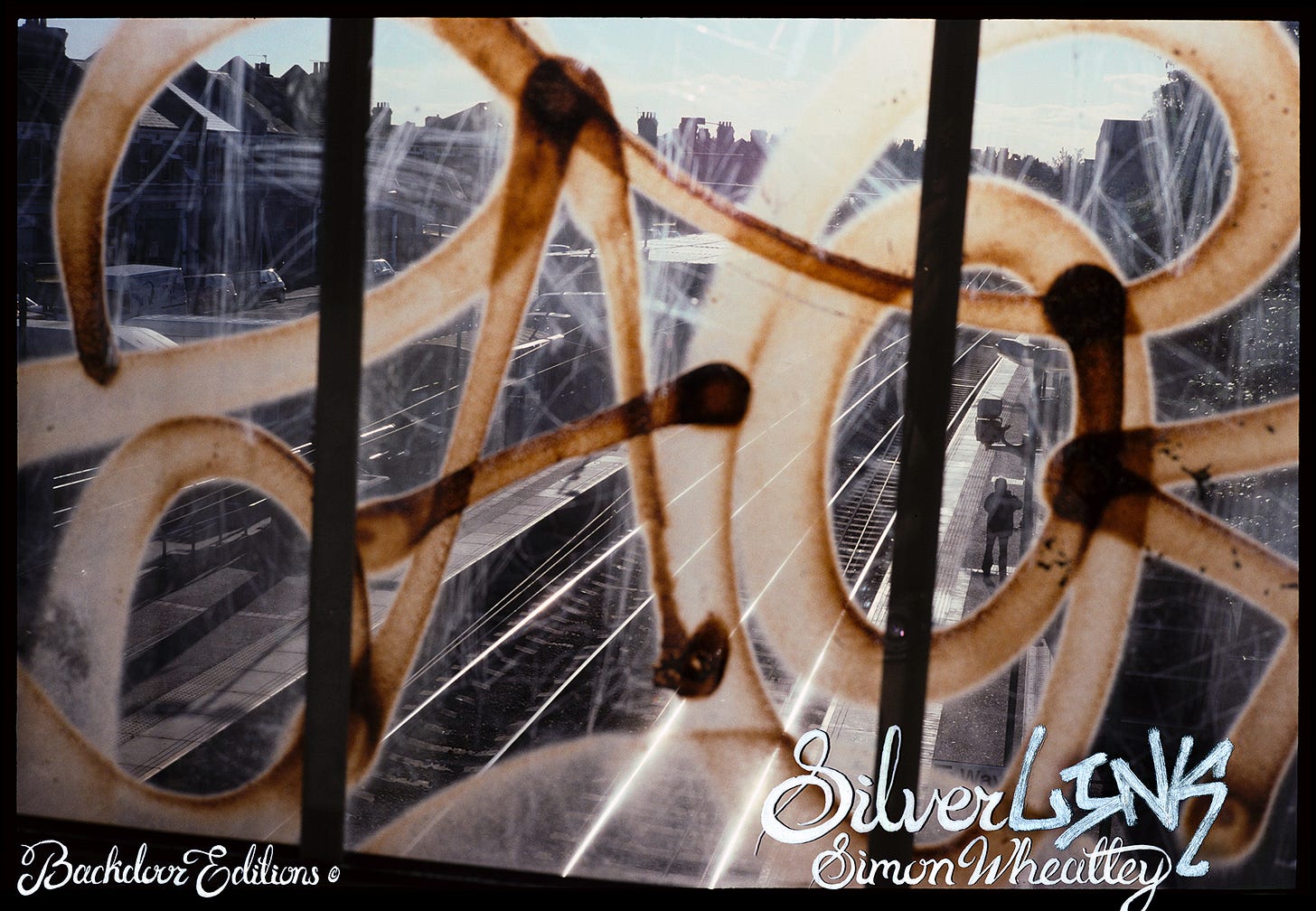

Fantastic interview. Hats off to you. And to Simon, who has for a long time, been one the photographers in this world who I have deep admiration for. Such a quiet achiever, he has always run his own race and his photographs have always been as close as one could hope to make. He is such a deep thinker and committed photographer/documentarian, and there is zero ego in his work. Whenever I have a workshop/class, Don't Call Me Urban (and now this interview) is shown as to inspire what is possible with documentary photography in one's own backyard.
I struggled to believe in this work, which always felt so hopeless. It was born out of nothingness. Nothing to do apart from pursue a passion for photography, which is so often threatened by the boredom of the project.
I really love this quote, the honesty of it.